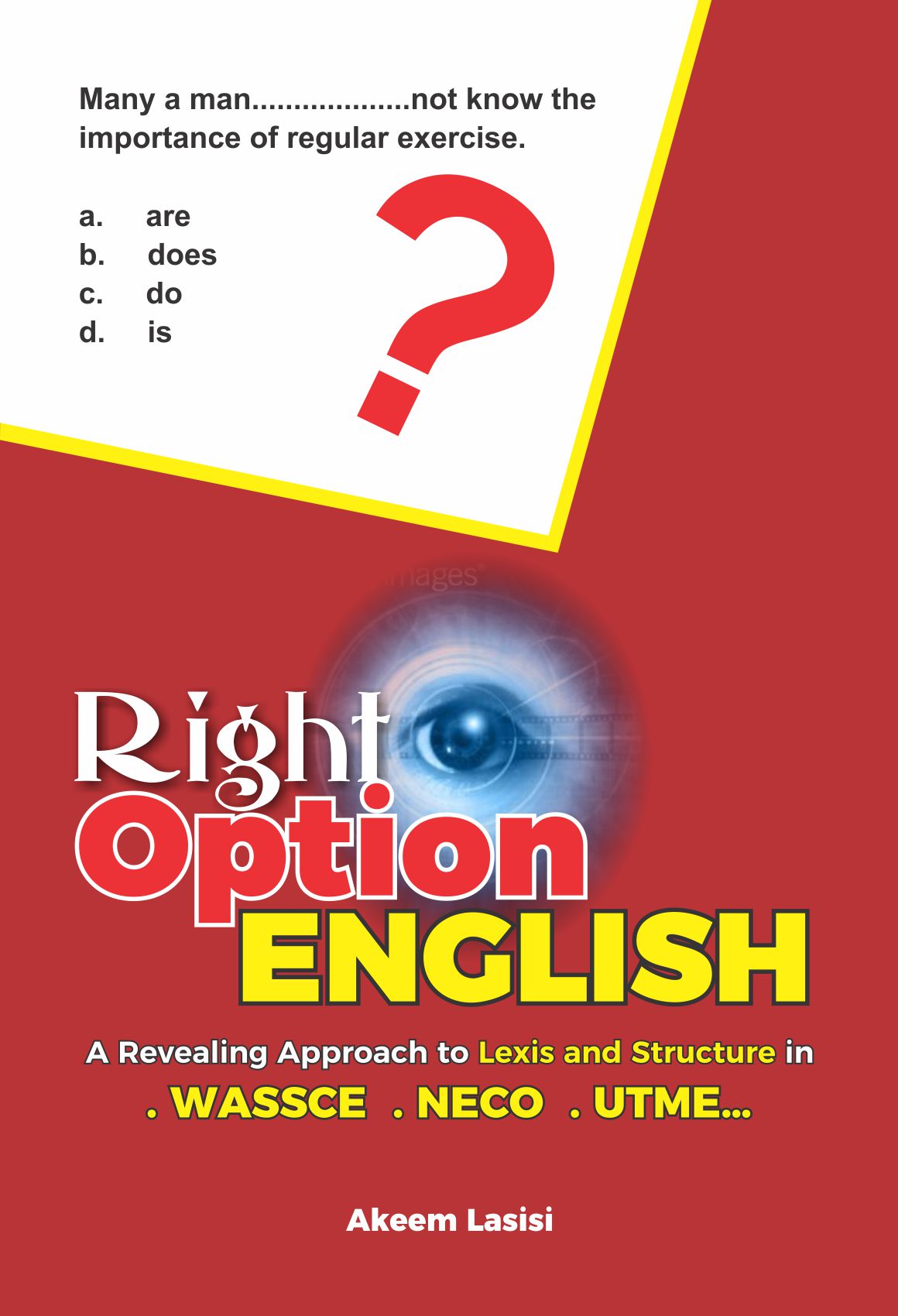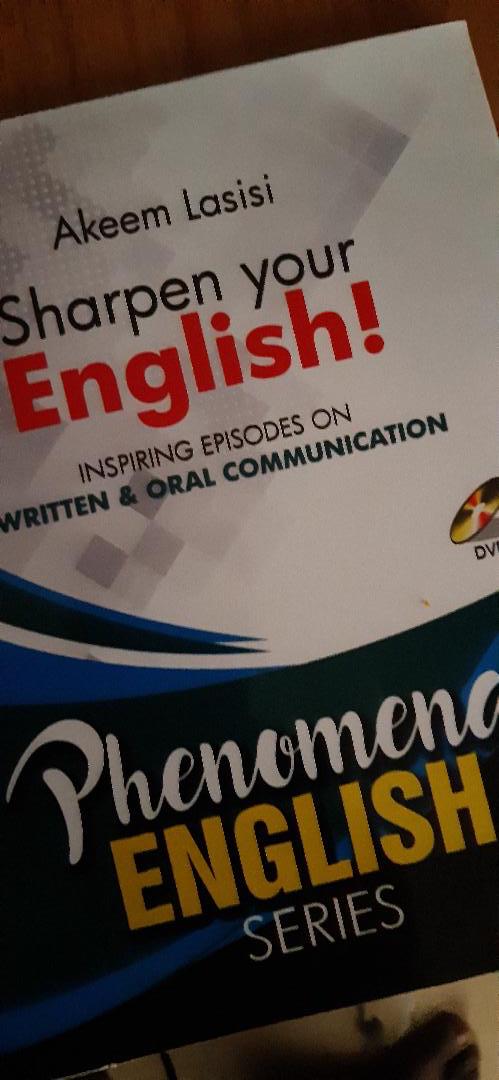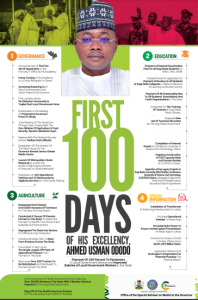By Akeem Lasisi
As the West African Senior School Certificate Examination draws close, Phenomenal English begins to offer tips on handling the different sections of the English Language paper. We believe this will greatly help candidates, especially with the gap and disruptions that coronavirus has created.
Summary Writing
Summary writing and the comprehension test share some basic features. For one, candidates are given passages to work on in both sections. Hence, some of their objectives, in terms of testing reading skills, are also similar. But the candidate MUST bear in mind that there is a major principle that makes summarising different from the comprehension test: it (summary) is an exercise in which one is required to technically reduce the article or story presented to a specified minimum length or number of points.
Objectives of Summary Writing
1. To test reading skills: If you are the type that cannot read a passage smoothly and fully understand the content, you will have issues answering the questions on summary. This shows that you must find a way of sharpening and deepening your reading skills before the exam.
2. To determine the level of your ability to identify and present the main idea or the main points in the passage: in your own words and in such a way that will still retain the writer’s original ideas.
3. To test your competence in English language: your knowledge of paragraphing, construction of good sentences, handling of tenses, punctuation marks and similar other elements. That is why the answers you are expected to write, in terms of the sentences, must be logically and grammatically correct. I hope you know that WAEC’s instruction to the marker is that they (he/she) should deduct half a mark for any grammatical error in each correct answer!
Writing a Good Summary
1. Read, read and understand the passage
It is normal that every candidate should read the summary passage. But the need to do so is being emphasised here because it is not a case of reading for reading’s sake. You must understand the passage before you begin to answer the questions. In other words, if you read the first time, and even the second, and you cannot still get to the bottom of the subject matter, you just have to read again, although you must be mindful of time.
To save time, and locate the points you are required to bring out, you may follow the following steps:
a. Before reading the passage at all, first read through the questions. This is a sensible step because the questions will give you a hint concerning what the passage is about, ever before you start reading it. Fortunately, the questions that come with the summary passage are not many – at least, not as many as what you normally have under the comprehension passage.
b. Read the passage for the first time, for the purpose of grasping the main ideas.
c. Quickly read the questions again.
d. Now read the passage again for more understanding and to identify the answers to the questions. Note that, often, it is the TOPIC SENTENCE in each paragraph that contains the main point. As you get to each point, note it, so that when you want to write out the answers, you will just return to each.
e. If you have so identified the points, based on the requirements of the questions, then, first write out your sentences in the form of jotting. This gives you an opportunity to shape the sentences well, put them in your own words, before eventually writing them out correctly.
f. Once you have done the above, you can now clearly write out your answers on the appropriate page of your answer script. Don’t forget that the point should, as much as possible, be presented in your own words. You are not expected to do ‘copy and paste’. As a matter of fact, WAEC is so serious about this that it instructs the markers: “Where a candidate engages in mindless lifting, award zero.” May zero not be our portion!

2. When answering questions on summary writing, do not include your own opinion.
Remember: this is not essay writing. All you are required to do is to summarise what the writer of the passage has already said. You should also not include any personal interpretation or evaluation. And WAEC raises its voice and tells its markers: “Deduct 1 mark for the inclusion of any irrelevant/extraneous material in each scoring answer.”
3. To make your sentences short, leave out examples cited by the writer, as well as other unimportant facts given. Also, unless the question targets them, leave out illustrations, idioms, parables and other figurative expressions which the writer may have used in the passage in order to make his subject matter better understood.
4. Do not write more than the number of sentences the examiner demands you supply.
At the same time, your sentences should not be less than the number required. If you disobey this rule, you will be penalised, meaning that you will carelessly lose marks.
5. Write out your answers in clear, complete but crisp sentences – not subordinate clauses, and not phrases. Listen to WAEC talking to the ever obedient markers: “For every correct answer that is not written in a sentence, award half of the marks allowed and impose other penalties where necessary.” So, if you do not know the difference between a SENTENCE and a phrase, you had better go and read them up in good grammar books, or you contact your teacher/an expert accordingly.
6. Although some experts have suggested that you should present your answers in the historical present tense, the tense you will use will depend on the question and the tense used to present the information in the passage. It also depends on the tense used to ask the questions.
Before you finally submit, read the answers you have supplied to detect any grammatical errors you might have committed. You can also quickly read the questions again, and correlate each with the relevant answers to ensure that they match the questions.
For more tips and explanations on the WAEC/NECO English, get this book of mine: Right Option English: A Revealing Approach to Lexis and Structure in WASSCE, NECO, UTME English. Also, subscribe to Phenomenal English on YouTube for more lessons on English language. A compilation of the YouTube lessons is also available. Contact 08023687884, 09033739474, [email protected].

Meanwhile, watch this short grammar video and subscribe to Phenomenal English on YouTube for more:



